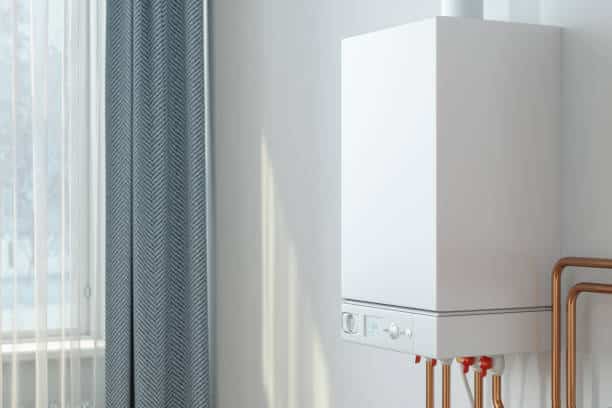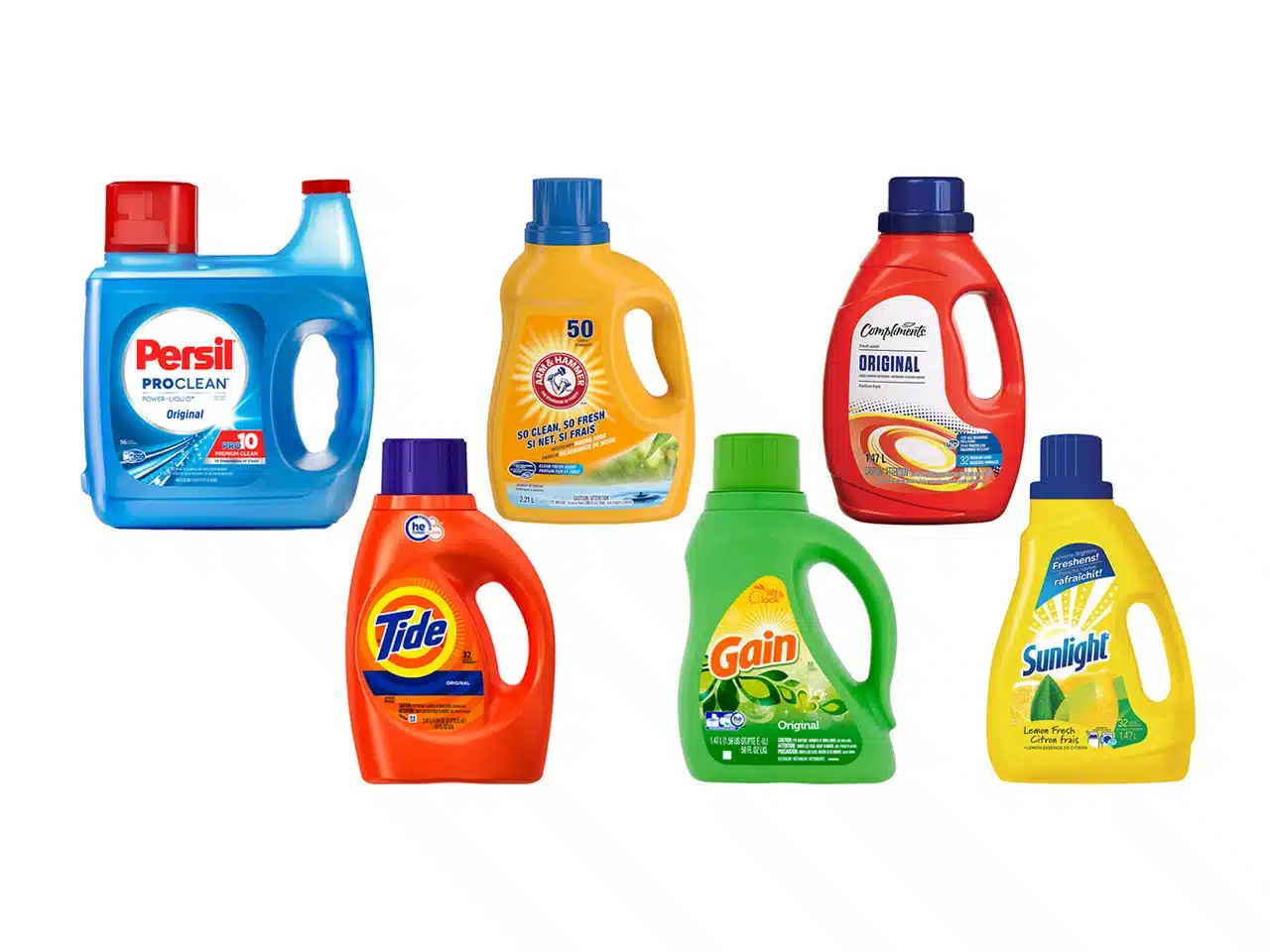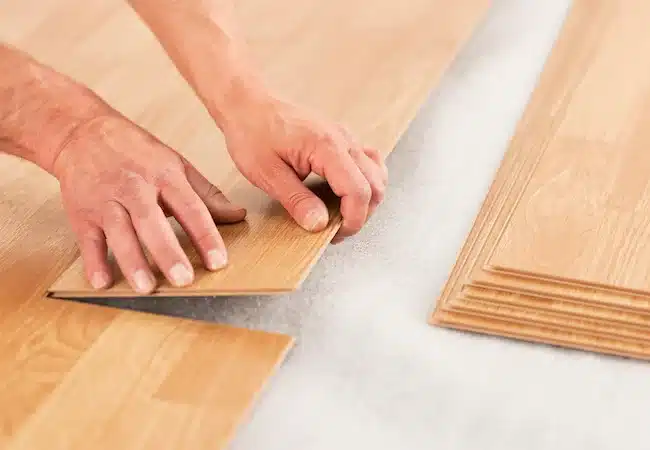Welcome to the world of textiles, where innovation meets comfort. This exploration delves into modal fabric—a rising star in the textile industry. Known for its luxurious feel, eco-friendly nature, and versatile applications, modal fabric has been weaving into our lives, transforming how we experience clothing and beyond. Join us on a journey through the origins, characteristics, and sustainable allure of modal fabric as we unravel the threads of this fascinating material.
Table of contents
What is Modal Fabric
Modal fabric is a rayon made by spinning reconstituted cellulose from beech trees. It falls under the umbrella of semi-synthetic fibers, combining the natural origin of cellulose with the manufacturing process that transforms it into a usable textile. This unique combination produces exceptional-quality fabric, making Modal popular in various applications.
The production of modal fabric begins with harvesting beechwood trees, primarily sourced from sustainable and responsibly managed forests. The cellulose extracted from these trees undergoes a complex viscose process. In this method, the cellulose is dissolved in a solution, and the resulting viscous substance is then extruded through spinnerets, creating fibers that are later spun into yarns.
One standout characteristic of modal fabric is its unparalleled softness. Often compared to the luxurious feel of silk, Modal has a smooth surface that drapes elegantly, providing a gentle touch against the skin. This attribute makes it a favored choice for clothing items where comfort is paramount, such as undergarments, sleepwear, and activewear.
Modal fabric also boasts impressive moisture-wicking properties, efficiently absorbing and releasing moisture. This makes it an excellent choice for sportswear, ensuring the material remains dry and comfortable during physical activities. The Modal’s breathability also contributes to its popularity in warm-weather garments, allowing for optimal airflow.
Environmental consciousness is another crucial factor contributing to the growing popularity of modal fabric. The beechwood used in modal production is a renewable resource, and the closed-loop manufacturing process ensures minimal environmental impact. The solvent used in the viscose process is often recycled, reducing waste and pollutants associated with traditional textile production.
Modal fabric’s color retention is noteworthy, as it tends to resist fading after multiple washes. This durability, combined with its resistance to shrinkage, adds to the fabric’s appeal for everyday clothing items that require frequent laundering.
Is Modal Fabric Eco-Friendly
Modal fabric is widely recognized as an eco-friendly textile, and its environmentally conscious features contribute to its growing popularity among consumers seeking sustainable choices. Several factors contribute to the Modal’s eco-friendly reputation:
● Sustainable Raw Material: Modal is derived from beechwood, primarily harvested from beech trees. These trees increase, making them a highly renewable resource. Moreover, modal manufacturers often source their wood pulp from sustainably managed forests, ensuring minimal impact on ecosystems.
● Closed-Loop Production Process: One of the key environmental advantages of modal fabric lies in its manufacturing process. Modal is produced using a closed-loop system, which means that the chemicals and solvents used in the process are recycled and reused. This significantly reduces the discharge of harmful substances into the environment, making Modal a more eco-friendly alternative than some other fabrics.
● Low Environmental Impact: Modal production involves fewer chemical inputs than conventional rayon. The closed-loop process minimizes emissions and waste, making Modal more environmentally friendly than fabrics produced with less sustainable methods.
● Biodegradability: Modal is biodegradable, meaning it can naturally break down over time without causing harm to the environment. This contrasts with synthetic fabrics like polyester, which can take hundreds of years to decompose and contribute to microplastic pollution.
● Energy Efficiency: The production of Modal generally requires less energy compared to the manufacturing of certain synthetic fabrics. Reduced energy consumption contributes to a lower carbon footprint and makes Modal a more energy-efficient choice in textiles.
● Longevity and Durability: Modal fabric tends to be durable and resistant to shrinkage, allowing for longer product lifespans. This durability reduces the frequency at which garments made from Modal must be replaced, contributing to its overall eco-friendliness.
While the modal fabric is considered eco-friendly, it’s essential to note that the level of sustainability can vary among manufacturers.
Some brands go the extra mile to ensure responsible sourcing of raw materials and adherence to environmentally friendly production practices.
As a conscious consumer, choosing modal products from reputable and transparent brands can amplify the positive environmental impact of this eco-friendly textile.
How Does Modal Fabric Compare to Cotton
Modal fabric and cotton are two famous textiles, each with its characteristics. Here’s a comparison between modal fabric and cotton:
#1. Comfort:
● Modal Fabric: Known for its exceptional softness, modal fabric often surpasses cotton in terms of comfort. It has a silky feel comparable to natural fibers like silk, making it a preferred choice for intimate apparel, loungewear, and activewear.
● Cotton: Cotton is also comfortable, but its texture is typically more matte and may feel slightly rougher compared to Modal. However, cotton is highly breathable and is a staple in everyday clothing due to its natural comfort.
#2. Breathability:
● Modal Fabric: Modal has excellent moisture-wicking properties, making it breathable. It efficiently absorbs and releases moisture, keeping the wearer cool and comfortable. This makes Modal an ideal choice for sportswear and warm-weather garments.
● Cotton: Cotton is renowned for its breathability. It allows air to circulate easily, making it a suitable fabric for various climates. Cotton is often chosen for casual and business casual wear due to its breathable nature.
#3. Environmental Impact:
● Modal Fabric: Modal is considered more environmentally friendly than conventional cotton in some aspects. The beechwood used in modal production comes from fast-growing, renewable sources, and the closed-loop manufacturing process minimizes environmental impact.
● Cotton: While cotton is a natural fiber, it often requires significant water and pesticide use in cultivation. Conventional cotton production can have a more substantial environmental footprint than modern cotton production, but organic and sustainable cotton practices address these concerns.
#4. Durability and Care:
● Modal Fabric: Modal fabric tends to be more resistant to shrinkage and wrinkling than cotton. It often maintains its softness and shape well over time. Modal garments typically require delicate care, with gentle washing and low-heat drying recommended.
● Cotton: Cotton is durable and can withstand regular wear and washing. However, it is more prone to shrinkage, especially if exposed to high heat during laundering. Cotton garments often have straightforward care instructions.
Can Modal Fabric be Recycled
Modal fabric is generally biodegradable as a semi-synthetic fiber derived from beechwood pulp. However, the recyclability of modal material can be complex and depends on various factors.
#1. Biodegradability:
Modal fabric is known for its biodegradability, meaning it can naturally decompose over time, contributing to a more environmentally friendly end-of-life cycle than synthetic fibers like polyester. This property reduces the burden on landfills.
#2 Recycling Challenges:
While modal is biodegradable, the challenge lies in recycling it through traditional methods. The manufacturing process of Modal involves a complex chemical transformation, and reclaiming fibers from finished products can be challenging and costly.
#3. Blended Fabrics:
Modal is often blended with other fibers, such as cotton or polyester, to enhance specific characteristics of the fabric. These blends can complicate the recycling process, as separating different fibers from one another can be technically challenging.
#4. Innovations and Initiatives:
The textile industry is continually evolving, and there are ongoing efforts to develop innovative recycling methods for various fibers, including Modal. Research and initiatives are exploring ways to recycle and repurpose modal fabric efficiently, but widespread solutions are still in the early stages.
#5. Circular Economy Considerations:
As the concept of a circular economy gains traction, there is a growing focus on designing products with end-of-life considerations. Some companies are exploring ways to create closed-loop systems where textiles, including Modal, can be recycled and reused more effectively.
Frequently Asked Questions
Modal fabric is a rayon derived from beechwood pulp, known for its luxurious softness, breathability, and eco-friendly production.
Modal is often softer and more moisture-wicking than cotton. It is derived from beech trees through a closed-loop process, contributing to its eco-friendly reputation.
Modal fabric is considered environmentally friendly due to its sustainable beechwood source, closed-loop production, and biodegradable nature.
While modal is biodegradable, recycling can be challenging due to its complex manufacturing. Efforts are ongoing to develop more efficient recycling methods.
Modal fabric is popular in intimate apparel, activewear, sleepwear, and various clothing items due to its softness, breathability, and versatility.
Conclusion
Modal fabric is a versatile and eco-friendly textile prized for its unparalleled softness, breathability, and sustainable production practices. Its increasing popularity reflects a growing demand for comfort and conscientious material choices.
References
● lavenderhillclothing.com: What is Modal Fabric?
● masterclass.com: Fabric Guide.





